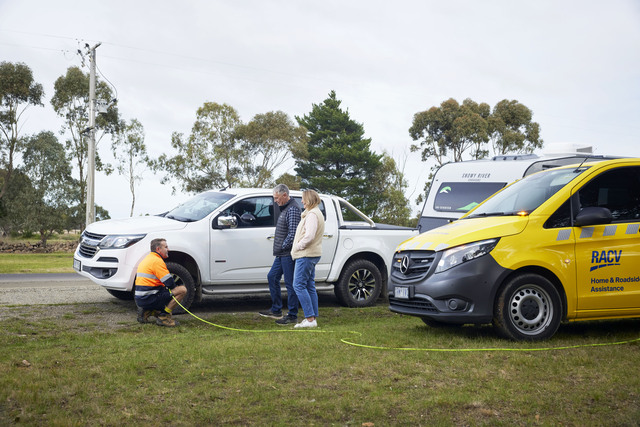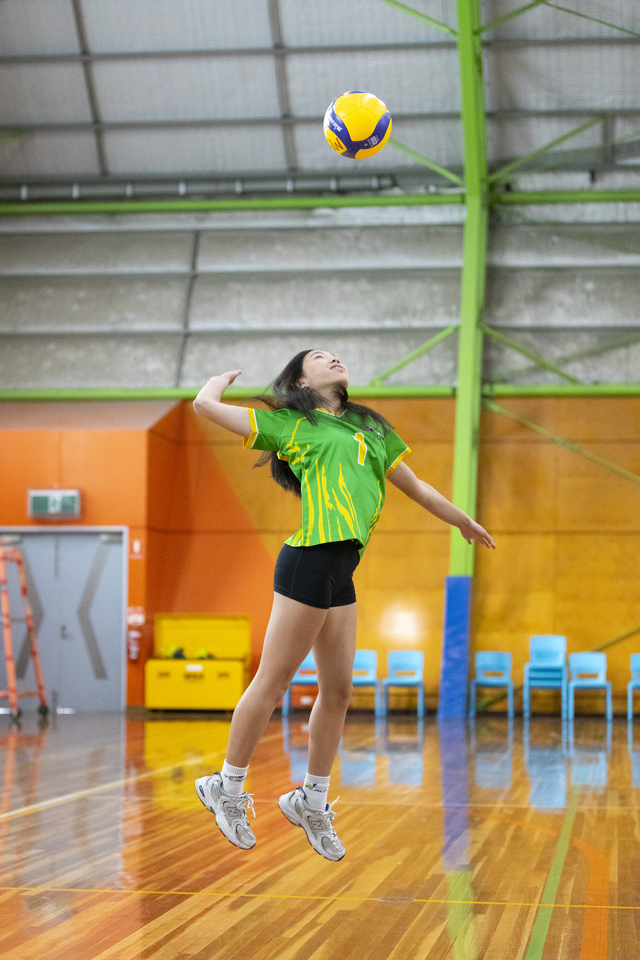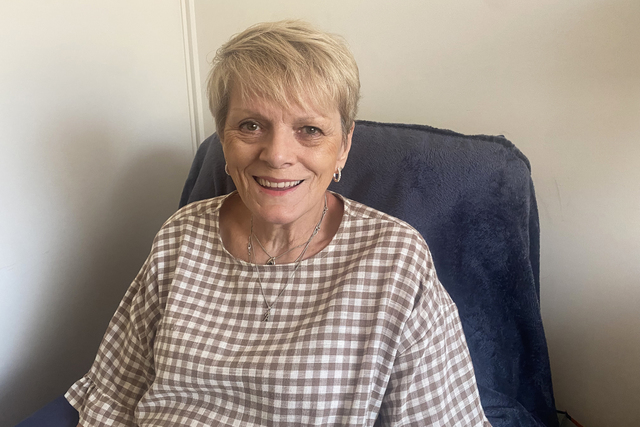An RACV poll has found that 44 per cent of Victorian respondents feel hook turns are the most challenging driving practice on Victorian roads. This was followed by parallel parking, reverse parking and three-point turns.
Mostly distinctive to Melbourne, hook turns are right turns made from a left-hand lane, originally introduced to mitigate the hold up and delay of tram routes. Hook turns allow trams and other motorists to travel through an intersection smoothly, while motorists wanting to turn right wait in the far left-hand lane until the light turns green in the direction they are turning into.
RACV head of policy James Williams says that while hook turns may seem daunting, once motorists understand the process, they are a great way to manage traffic flow and reduce congestion.
“If you are not comfortable with the process of a hook turn, completing the driving practice may seem confusing or overwhelming, particularly if done in peak traffic. However, they do allow vehicles and trams to continue through an intersection on a green light without being held up by a stationary vehicle waiting to turn right from the middle of the intersection,” Mr Williams said.
“Hook turns are also safer than a right turn from the centre of an intersection as they reduce the need to switch lanes to navigate parked cars and vehicles turning right from the centre of an intersection.
“While hook turns increase safety, intersections are, by their nature, high risk zones for road safety. RACV continues to advocate for government investment in upgrading metropolitan intersections, with safety as a priority.
“To complete a hook turn at a signed intersection, enter the waiting area from the left-hand lane and turn on the vehicle’s right indicator. Once the traffic light is green on the street to be entered, and there is no further incoming or oncoming traffic, turn right.”
RACV reminds motorists to only follow other vehicles into the hook turn waiting area if doing so won’t obstruct other traffic, pedestrians, or result in their vehicle remaining stationary over a crossing.
Motorists should also be aware of cyclists. While a hook turn is mandatory at overhead signed intersections in Melbourne, cyclists can complete a hook turn at any intersection throughout Victoria, unless a sign prohibits it.
RACV shares the following tips to increase confidence with hook turns:
Book driving lessons through RACV Drive School to refine driving skills and receive a refresher on the latest road rules, including hook turns. There are no age restrictions on completing the lessons.
Become familiar with the hook turn process by watching this RACV video, which provides an aerial view of the technique.
Practice hook turns at signed intersections in Melbourne’s city outside of peak hour traffic to reduce any distraction made by other vehicles.







